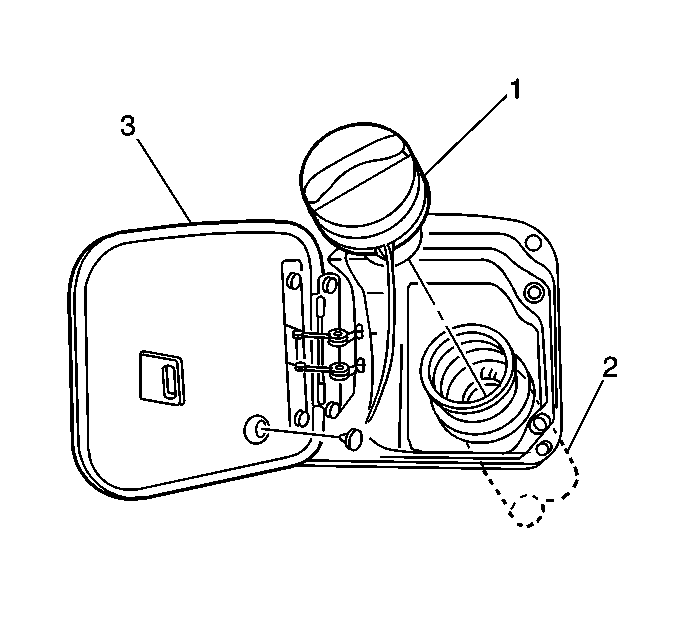This vehicle utilizes a returnless design Fuel System. The fuel pressure regulator is a part of the primary fuel tank module, eliminating the need for a return pipe from the engine. A returnless Fuel System reduces the internal temperature of the fuel
tank by not returning hot fuel from the engine to the fuel tank. Reducing the internal temperature of the fuel tank results in lower evaporative emissions. The fuel pump module, located in the fuel tank, supplies fuel through the fuel feed pipe to the fuel rail.
Fuel enters the combustion chamber through precision multi-hole fuel injectors. The engine control module (ECM) enables the fuel pump using a relay, and controls fuel injection timing, and injection duration.
The fuel storage tank is made of high density polyethylene. The fuel storage tank is held in place by 2 metal straps that are attached to the under body of the vehicle. The tank shape includes a sump in order to maintain a constant supply of fuel
around the fuel pump strainer during low fuel conditions or during aggressive maneuvers.
The fuel tank also contains a fuel vapor vent valve with a roll-over protection. The vent valve also features a 2-phase vent calibration which increases the fuel vapor flow to the canister when the operating temperatures increase the tank pressure
beyond an established threshold.
The on-board refueling vapor recovery (ORVR) system is an on-board vehicle system to recover fuel vapors during the vehicle refueling operation. The flow of liquid fuel down to the fuel tank filler neck provides a liquid seal. The purpose of ORVR is to
prevent refueling vapor from exiting the fuel tank filler neck. The ORVR components are listed below, with a brief description of their operation:
In order to prevent refueling with leaded fuel, the fuel filler pipe has a built-in restrictor and a deflector. The opening in the restrictor will accept only the smaller unleaded gasoline fuel nozzle which must be fully inserted in order to bypass the
deflector. The tank is vented during filling by an internal vent tube inside of the filler pipe.

